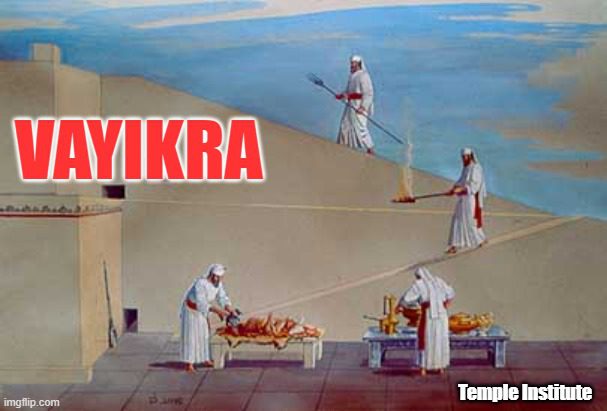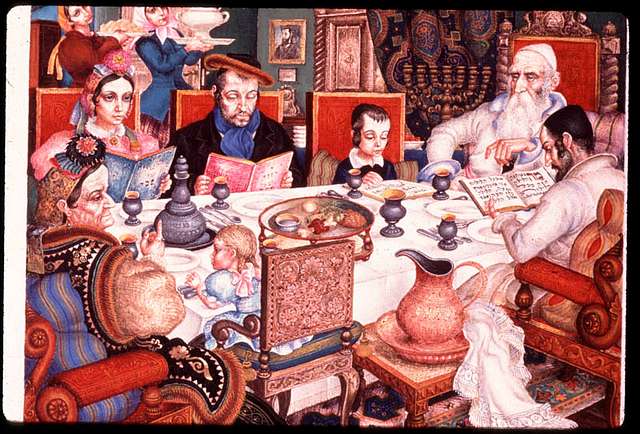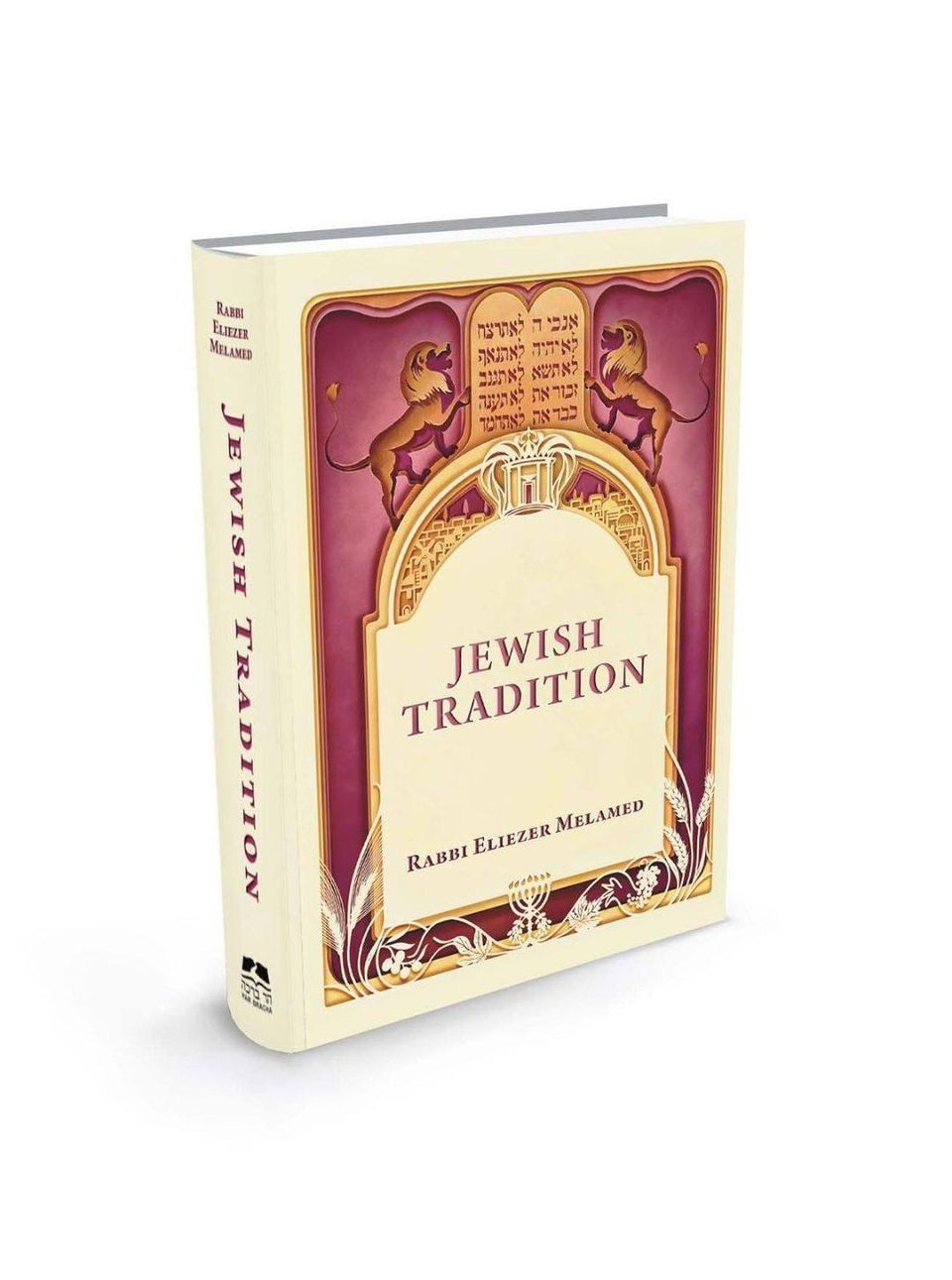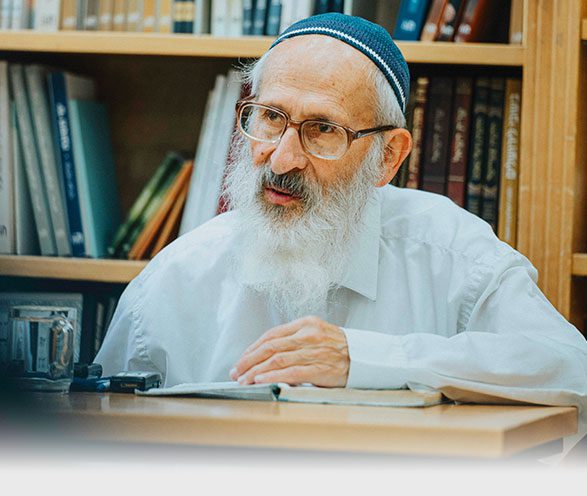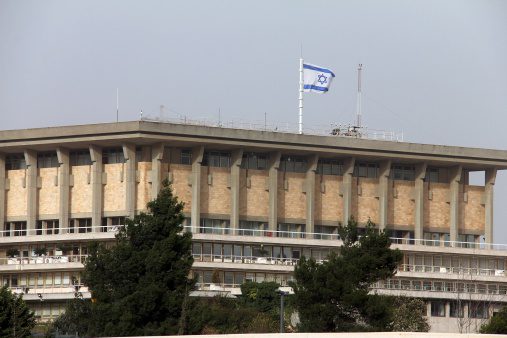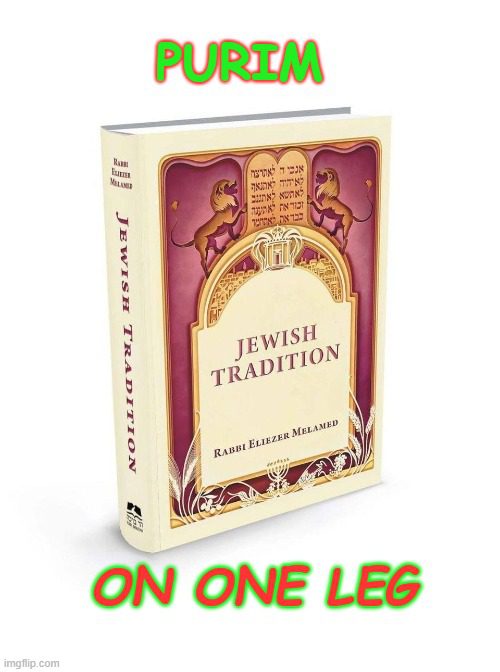VAYIKRA
by Rabbi Moshe D. Lichtman [see Rabbi Lichtmaan’s website, https://toratzion.com/]
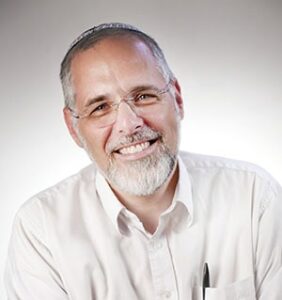
A SMALL REMINDER
Our Sages of blessed memory refer to the Book of VaYikra as Torat Kohanim (“The Law
of the Priests”), for it deals mainly with the laws of sacrifices, which are performed by the
kohanim. As such, it is obvious that Eretz Yisrael plays a major role throughout the book,
since most of its laws depend on the Land. Nonetheless, we will try to find in every parashah
more explicit references to the centrality of Eretz Yisrael in the Torah.
This week’s reference appears in the very first word, and it actually relates to the entire
Book of VaYikra. The Torah introduces the book with the words: “He [G-d] called to Moshe, and the Lord spoke to him from the Tent of Meeting, saying….” As is well known, the letter alef (א) at the end of the word ויקרא is written
smaller than the rest of the word. Many explanations have been given for this phenomenon.
Most commentators see it as an expression of Moshe’s humility. Although he reached the
highest levels of sanctity and closeness to God, he wanted to downplay his role in the matter
(see Ba’al HaTurim).
The Zohar, however, offers a completely different answer, one that puts the entire Book of
VaYikra in perspective. He sees the small alef as a sign of imperfection:
Why is there a small alef? Because this “calling” was imperfect. Why so? For it took
place in the Mishkan (Tabernacle) and in a foreign land. For [true] perfection can only
be found in the Land of Israel. (Tosafot HaZohar 1, quoted in Itturei Torah, vol. 3, p. 7)
Let us contemplate this answer. There was probably never a period in history during which
the Jewish people enjoyed a more intimate relationship with HaShem than the forty-year
journey through the desert. Heavenly clouds surrounded them on all sides, protecting them
from the elements. Their clothes grew with them and never wore out. Celestial food was
delivered to them fresh every day (at no cost). They were led by the greatest prophet ever to
live, and he was readily available to answer questions and give advice on religious matters.
And perhaps most importantly, they had a portable Beit HaMikdash which accompanied them
throughout their journey. There, they were able to offer sacrifices to God and draw spiritual inspiration whenever they needed. Can there possibly be a more idealsituation than this? When the Jews eventually entered the Land, they had to lead “normal” lives. They had to work the land to derive sustenance; they had to wage wars to conquer the
Land; they had to make their own clothing, and repair or replace them when they wore out;
etc. Nevertheless, the Zohar teaches us that no matter how good it is in Chutz LaAretz – even
from a spiritual standpoint – something is lacking, for true perfection can only be
attained in God’s special Land! Nowadays, many Jews feel quite satisfied with their spiritual lives outside the Land of Israel. Baruch HaShem, Diaspora communities can boast many fine yeshivot, elaborate schedules of shiurim, glorious chesed organizations, stores and restaurants which adhere to the strictest standards of kashrut, etc. Let us not forget, however, that the Jews in the desert had it even better, yet their existence was
considered imperfect, simply because it was in the wrong environment. Let the little alef
at the beginning of this week’s parashah serve as a subtle reminder that we have yet to
reach our ultimate goal – to serve HaShem in utter perfection in His Chosen Land.
CLAL YISRAEL
One of the sin offerings (חטאת) described in this week’s parashah is the פר העלם
דבר של ציבור. It is brought when the majority of Israel commits a sin, which incurs the penalty
of ka’ret (excision), following an erroneous ruling of the Sanhedrin – Jewry’s highest court.
For example: The Sanhedrin rules that a certain form of idolatry is permissible, or that a
certain type of work is permitted on the Sabbath. Trusting their judges, most of the Jewish
people (or of a single tribe) go out and serve the idol or perform the forbidden act on Shabbat.
Then, the judges of the Sanhedrin realize that they issued a mistaken ruling. In such a case,
instead of each individual bringing a separate sin offering, the Sanhedrin must bring one par
(a young bull) to atone for the sin that it inadvertently caused. In the Torah’s words: – If
the entire assembly of Israel [i.e. the Sanhedrin] shall err, and something is hidden from the
eyes of the congregation (קהל); and they transgress one of all the commandments of the Lord
that may not be done, and they incur guilt. When the sin that they committed becomes
known, the congregation shall offer a young bull as a sin offering and bring it before the Tent
of Meeting. The elders of the assembly shall lay their hands on the bull’s head… (4:13-15).
How exactly do we figure out whether or not a majority of the nation (or a tribe) sinned?
Who is considered part of the קהל? The Talmud’s answer is quite shocking: R. Assi said:
“Regarding [an erroneous] ruling, we follow the majority of the residents of Eretz Yisrael.”
Accordingly, it says, At that time Shlomo celebrated the [Sukkot] festival – and all of Israel
was with him, a great congregation (קהל), from the approach of Chamat until the stream of
Egypt – before the Lord our God, for seven days and seven days, [all together] fourteen days
(I Melachim 8:65). Let us see. It says, And all of Israel was with him, a great congregation
(קהל). Why, then, must it say, From the approach of Chamat until the stream of Egypt? From
here we derive that these [i.e., the ones who live within the borders of Eretz Yisrael] are
called “congregation” (קהל), but those [who live outside the Land] are not called
“congregation.” (Horayot 3a) A concrete example may simplify the matter. Let us say that
five million Jews live in the Holy Land and eight million live on foreign soil (like today). If
three million of Eretz Yisrael’s Jews transgress a sin that the Sanhedrin mistakenly permitted,
while only two million Diaspora Jews do so, we consider it as if the majority of the
congregation sinned, requiring them to bring only one bullock. Even though a minority of
world Jewry committed the sin (five million out of thirteen million), a majority of Eretz
Yisrael’s Jews sinned (three million out of five million), and they are the only ones truly
considered Kahal Yisrael. “Those [who dwell] outside the Land are not counted” (Rashi,
ibid.). The Rambam applies this concept to another area of halachah: We have already
explained at the beginning of [Tractate] Sanhedrin that only a beit din ordained in Eretz
Yisrael can be called a true beit din, whether [its members] were ordained by someone who
received official ordination (semichah), or whether the people of Eretz Yisrael agreed to
appoint him as the head of the yeshiva. For, the people of Eretz Yisrael are called kahal
(congregation), and the Holy One Blessed be He called them ‘the entire congregation,’ even if
there are [only] ten men. And we do not pay attention to anyone else in Chutz LaAretz
(Commentary to the Mishnah, Bechorot 29). Rav Herschel Schachter shlita explains this as
follows. Diaspora Jews certainly have Kedushat Yisrael (the special sanctity of being a Jew),
and they are even considered part of Klal Yisrael, but only to a certain degree. Jews who live
in the Chosen Land, however, have the full status of Klal Yisrael, for the Jewish people are
interconnected primarily in and through Eretz Yisrael, nowhere else. (Heard in a public
lecture.) R. Yechiel Michel Tikochinsky sums it up best: “The main strength of Israel… is
in the Land of Israel, and every observant Jew [who moves there] adds strength to the
congregation. So now that the gates of the Land are opened before us, thank God, every
religious Jew and every rabbi should remember this and apply the lesson to themselves”
(Sefer Eretz Yisrael, chap. 25).

